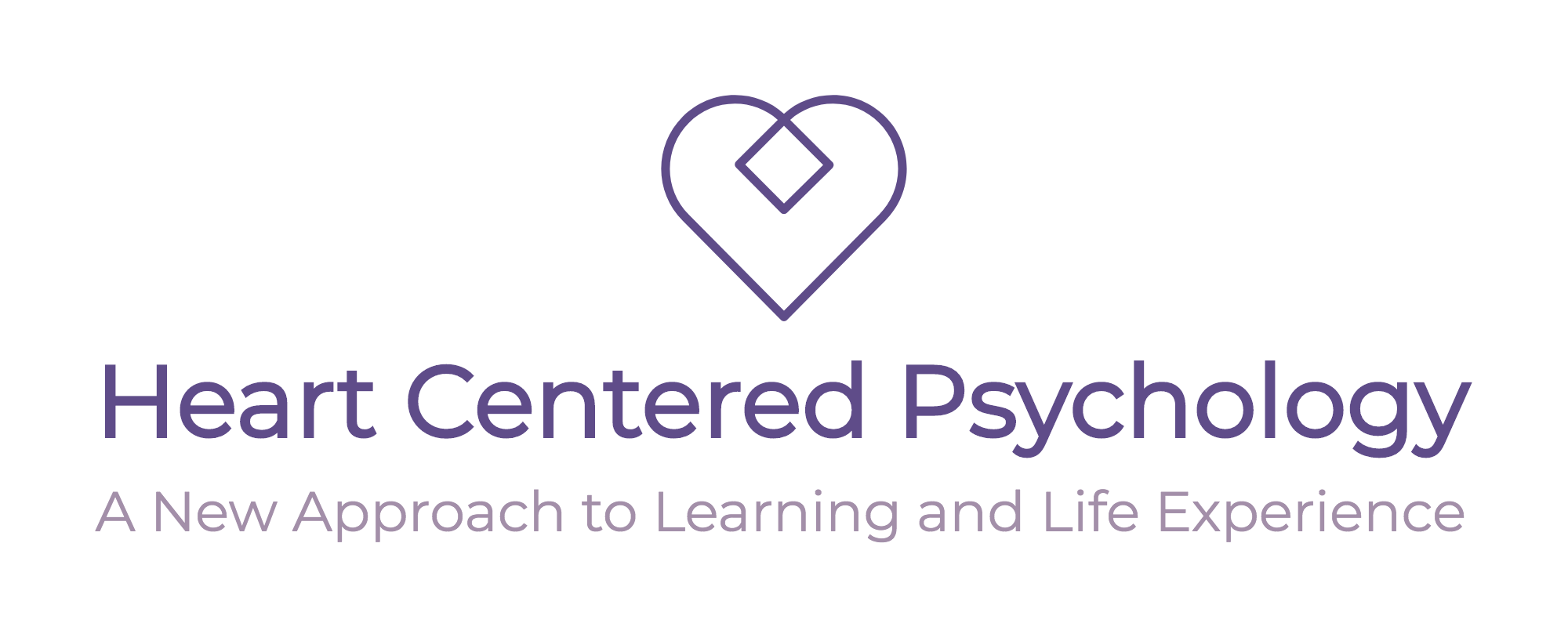Creating Positive Change
The Law of Attraction specifies that wherever you focus your attention, you add to its power. So you increase the energy surrounding any situation that you fixate about. This is why people who have strong opinions and volatile emotions tend to have a lot of big things happen in their lives in both positive and negative directions. Think about it—those with mild personalities, those who merely blend in with the wallpaper tend to have less eventful lives than those who live more dramatically and emotionally. The Law of Attraction is neither good nor bad; it simply is.
So when we become aware of where we are putting our energy, we can begin to work with rather than against the natural laws of energy.
The next thing that’s important to know is that we tend to live largely by default. In default mode, we have automatic thoughts and behaviors that we have acquired without much thought as we’ve gone through life. In childhood, we learn through imitation and acquire our parents’ default modes. We largely accept their opinions simply by repeated exposure to those opinions, and because when we’re children, we don’t know anything different because our experiences are limited. In our teen years, we begin to question things and we begin to decide for ourselves what’s what, but it’s largely a reactive process rather than a logical and reflective one. Teens often will simply assume the opposite position of their parents on a few issues that are popular with their friends rather than truly analyzing the issues and coming to a cogent recognition of how they feel about things.
So if we live mostly by default (because we’re usually pretty busy and distracted by things of the world), we also tend to create by default. If we’re creating by default, we’re energizing what has always been rather than what we purposely wish to create. Some days when we’re feeling motivated, we start a new behavior, and that’s great. But it’s pretty easy to get distracted and busy and before you know it, our efforts are start and stop, hit or miss, and we lose our focus. Once we’re sidetracked, we may take that as evidence that our efforts don’t make any real difference—so why bother? We become discouraged and wonder why the good stuff always happens to other people, but never to us. We start to believe we have bad luck, that God is getting even, it’s our genetics, that we don’t even deserve to have things better, or maybe we’re just broken.
Recently I saw an 11 year-old boy who admitted he had a pretty bad temper around his brothers; he was the middle child and it was frustrating for him. I asked if he felt it was possible to fix and he said no, that he didn’t think it could ever change. He was brought in by his mother who wanted it to change. He was creating by default and creating through faulty logic that what was is the best predictor of what will always be. His prognosis will continue to be poor unless I can convince him to consider the possibility for change. Not only can he not visualize improvement, but he actually energizes the problem each time we have a session and he engages in thinking about it. The therapy is harmful at this point because I’m assisting him in thinking about the problem and he is resistant to thinking about the solution.
Failure or refusal to visualize success means you’re visualizing failure, and I guarantee you will fail because that’s where you’re putting your energy.
Each of us similarly energize our problems each time we think about them, which reinforces our faulty beliefs about them that we cannot overcome them. Every thought we have is either rooting us more firmly in our problems or moving us into new and exciting territory of change. Admittedly, for some of us, change is so terrifying that we don’t examine its possibilities; we avoid thinking about it at all. We’d rather hold onto a familiar miserable situation than to risk change that (in our minds) could lead to an even worse situation. So if you accept the premise that you are creating your own life circumstances, then you also need to dig in and decide what you want and put energy into creating it. Go ahead. Decide what you want. Don’t live by default and pretend you’re a victim of circumstance.
You must visualize what you want.
People object to this information because it makes us accountable for our lives. It is admittedly much easier to play the victim in life and take the path of least resistance than to become fully aware each moment of how we are energizing success or failure. But once you know this, you cannot go back to a state of ignorance. It is a life changing wake up call for self-accountability. It is simultaneously the worst and best thing you can ever learn in life. Because now there are no further excuses you can use. But on the bright side, you are powerful beyond measure and you CAN create your life on purpose. Think about that.
Once you’ve decided what you want, the steps toward manifesting what you want involve consciously creating what you want. You must become a conscious creator.
Now just a word about the unconscious. If you are uncomfortable with the “woo woo” concept of the law of attraction, then consider this: the unconscious part of your mind is like a constant companion (think of a dog that sits at your feet, intently focused on you) who agrees with everything you say and do. Without awareness, we say things to ourselves that get recorded by the unconscious mind and it goes to work for us to make it happen.
When we think:
“I’ll never get out of debt”.
It responds—ok, I can help you do debt.
When we think “I’m so stupid and clumsy”.
It responds—ok, we can do stupid.
We think “I’m depressed”.
Our unconscious mind says-- yes, I can make depression happen.
The unconscious mind has a “can do attitude”. It can make sure I sabotage myself every time I start to get close to being financially solvent. I can screw it up every time I start to appear smart or coordinated. The unconscious mind goes to work on whatever you tell it without filtering it or evaluating it. It is unquestioningly faithful to the conscious mind.
So whether you want to think of your problems as a pattern of energy (i.e., law of attraction) or as a communication to your unconscious mind, or perhaps as both, most people will realize that the idea of consistently creating what you want-- on purpose and with conscious awareness-- is going to lead to positive change in your life.
Some of you will react to this by saying that it’s hard to focus your mind only on the positives. Well, that’s true. Fortunately, we get better at this with practice. Also, you don’t have to be perfect at it. You only have to put more than half of your energy into your positive intent. That means that at least 51% of the time, be positive. If you catch yourself brooding on the negatives (discouraged, frustrated, impatient, etc.) then turn it around and get back to manifesting on purpose and in a positive direction.
HERE ARE THE STEPS FOR CREATING CHANGE:
Decide what you want, (not what you don’t want).
Will it. (Create a strong mental command of what you are creating.)
Know it. (Intuitively and excitedly know it is headed your way.)
View it. (Visualize yourself sending clear energy to accomplish it.)
Feel it (as though it’s already accomplished.)
Post this on the mirror and do the exercise each day while brushing your teeth, or upon waking before you go about your day, and or just prior to falling asleep. Do this daily and with intensity and passion until it has superseded your old ways of thinking and has become your new default mode. Keep it up for about 60-90 days until your new habitual way of thinking and behaving is established and automatic.

